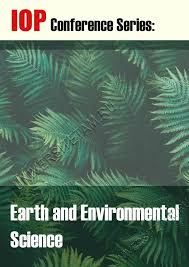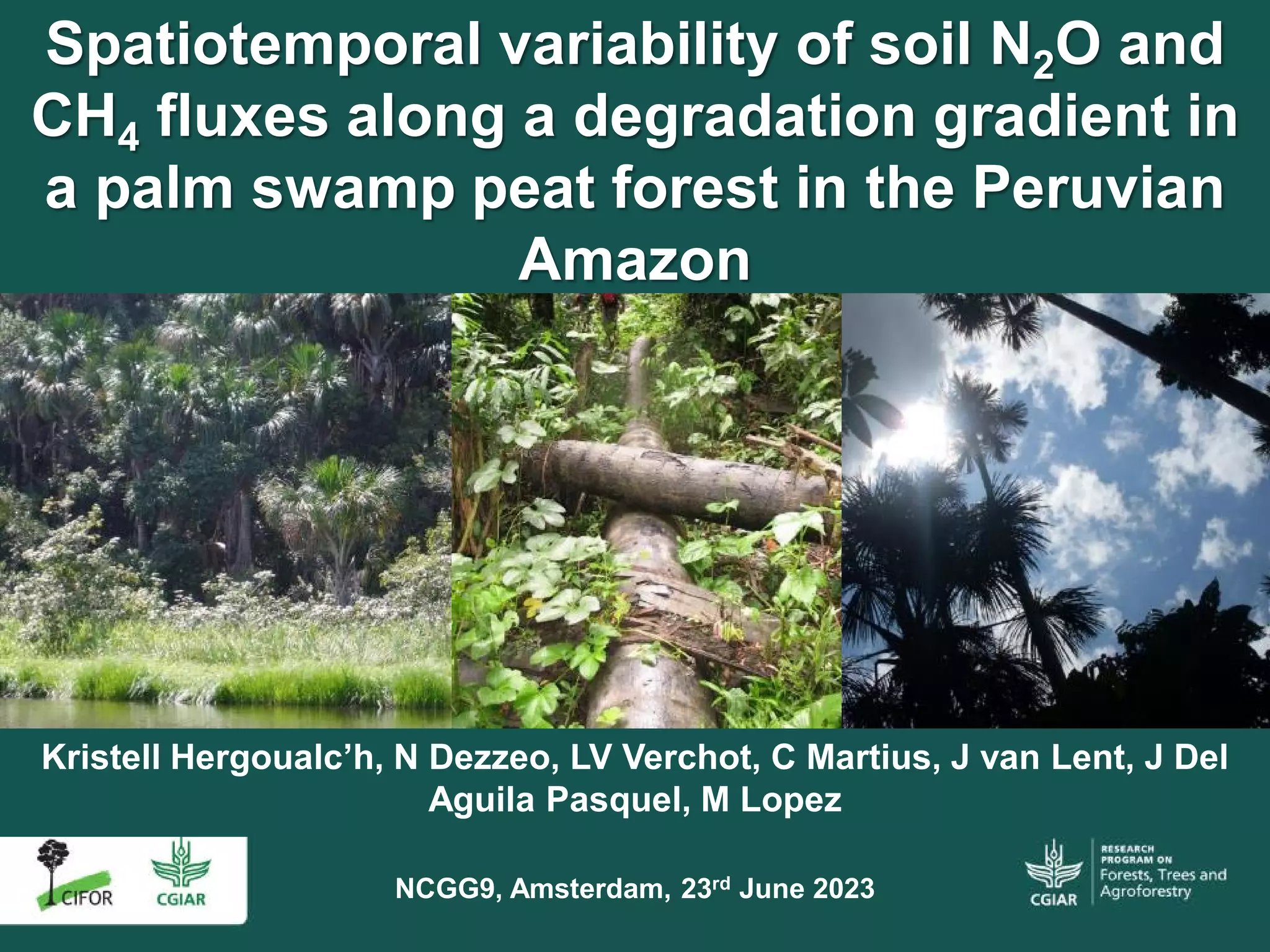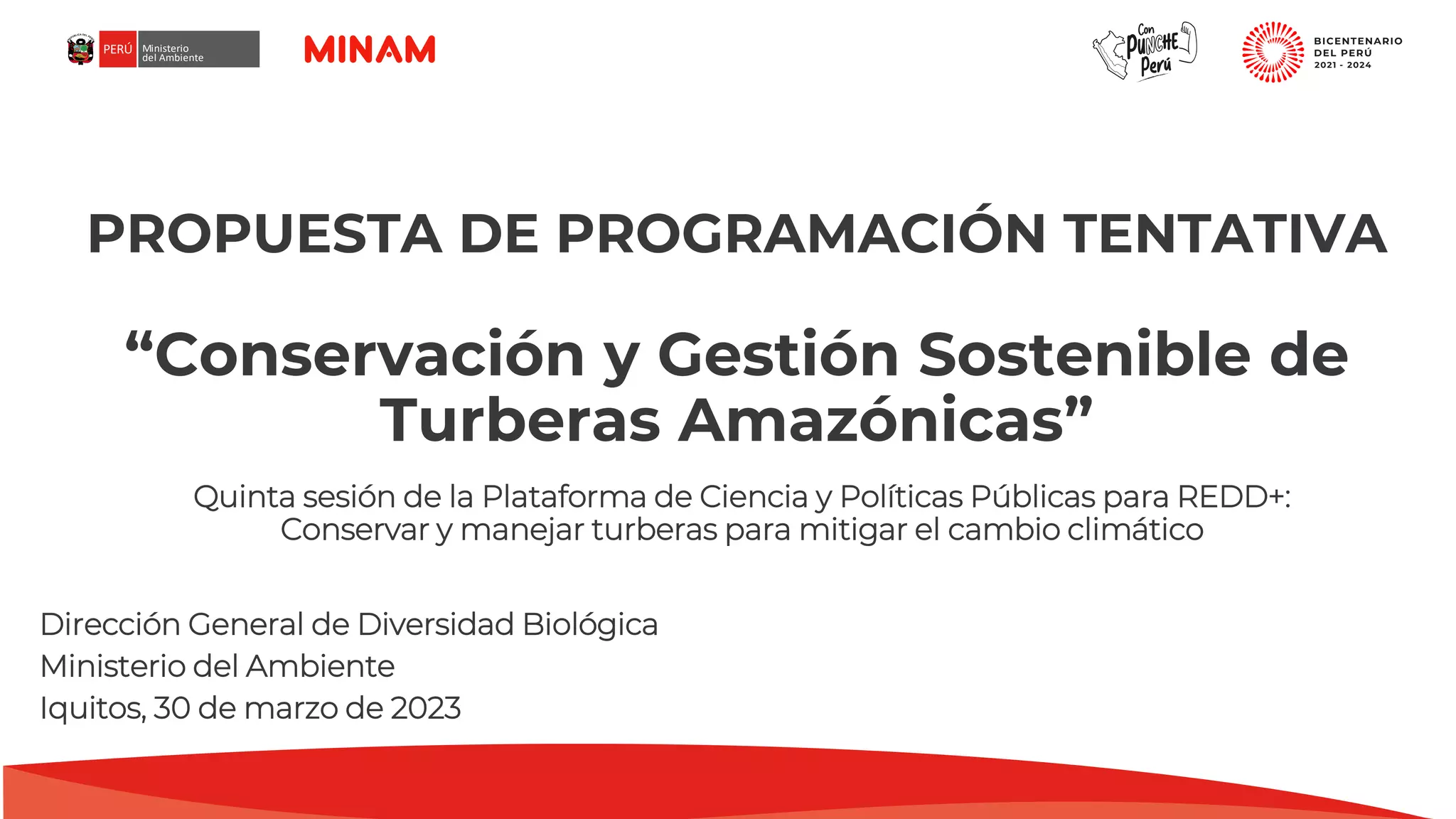
The Indonesian government plans to turn Central Kalimantan into a national food barn by planting rice in several places, including in shallow peatlands. Tropical peatlands actually have limited potential for agricultural use because the growing medium in some cases is not conducive to root development, waterlogged soils that poison plants. The physical, chemical, and biological properties of water can be used as indicators to determine if a land is suitable for growing crops. The objective of this study is to analyze the physical, chemical, and biological properties of water in different aquatic ecosystems in peat swamp forest. This study was conducted in the Peat Techno Park (PTP) of the College of Palangka Raya, Central Kalimantan. Samples were collected from 9 observation stations with different forms of land use for agricultural activities, namely unplowed rice fields, plowed fields, swamps, connecting ditches, beje, natural peat swamp forests, ponds and irrigation ponds. Data collection was taken over a 6-month period and coincided with the peak of the dry season and the rainy season. Water properties were then analyzed by observing the parameters measured directly at the station, namely pH, temperature, dissolved oxygen (DO) and depth. The results showed that there were 4 (four) sites that had suitable water properties for agricultural uses, namely unplowed fields, plowed fields, swamps and ponds. There are only 2 (two) macrozoobenthos groups on PTP peat bogs, namely Annelida and insects. In addition, the most dominant group in insect belongs to the ordo Diptera, and family Chironomidae with the most common genus Chironomus. Conversion of peat swamp forest to rice fields and fish ponds promotes greater diversity and abundance of macroinvertebrate communities, with the depth significantly affecting them.
Download:
 file
file

- Authors: Erniaty, E., Gumiri, S., Ardianor, A., Haryono, A., Yulintine, Y., Masliani, M.
- Subjects: biophysical properties, peat, swamps, forests, rice, land use change
- Publication type: Journal Article
- Source: IOP Conference Series: Earth and Environmental Science 1153(1): 12027
- Year: 2023
- DOI: https://doi.org/10.1088/1755-1315/1153/1/012026
















